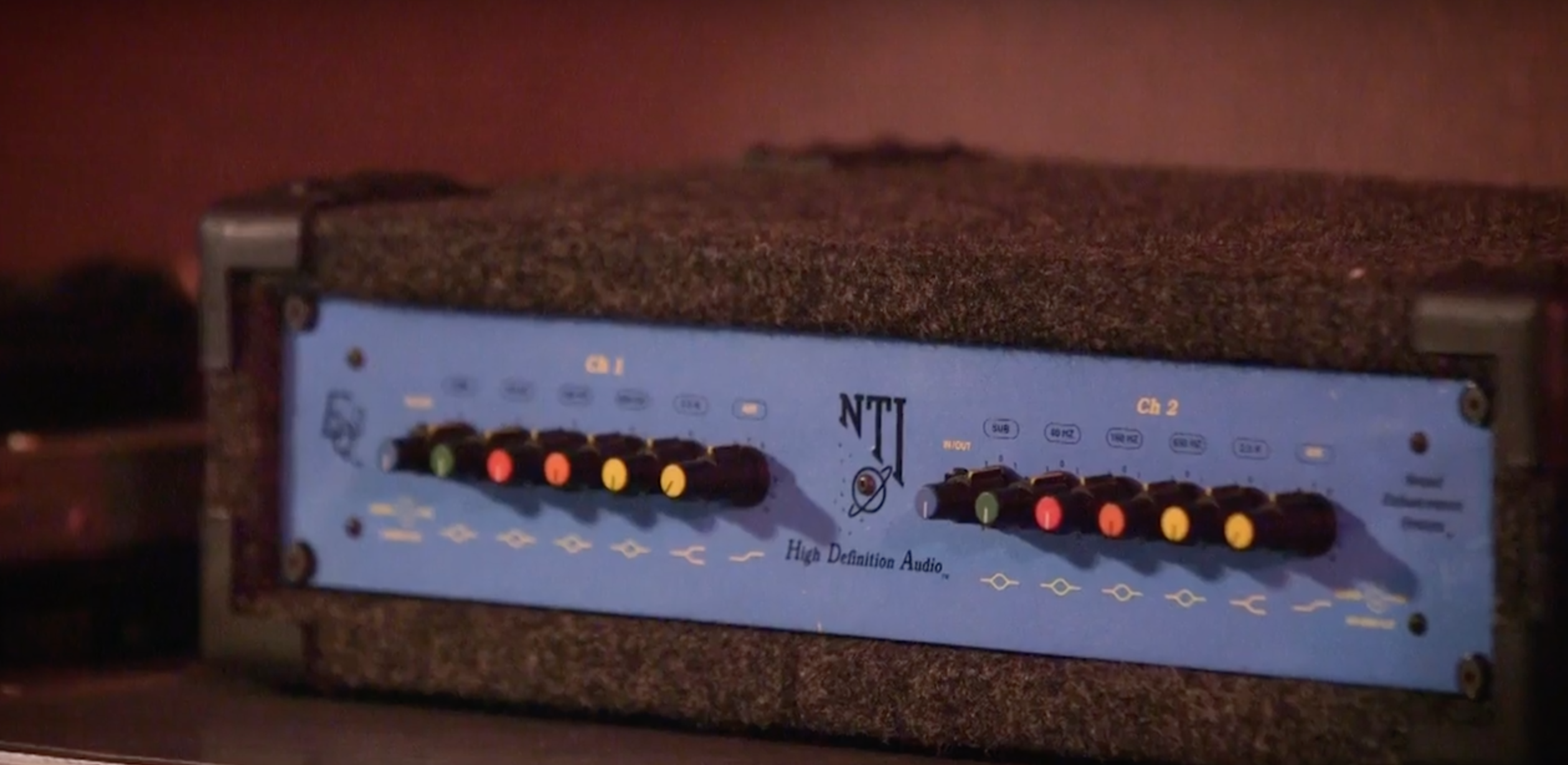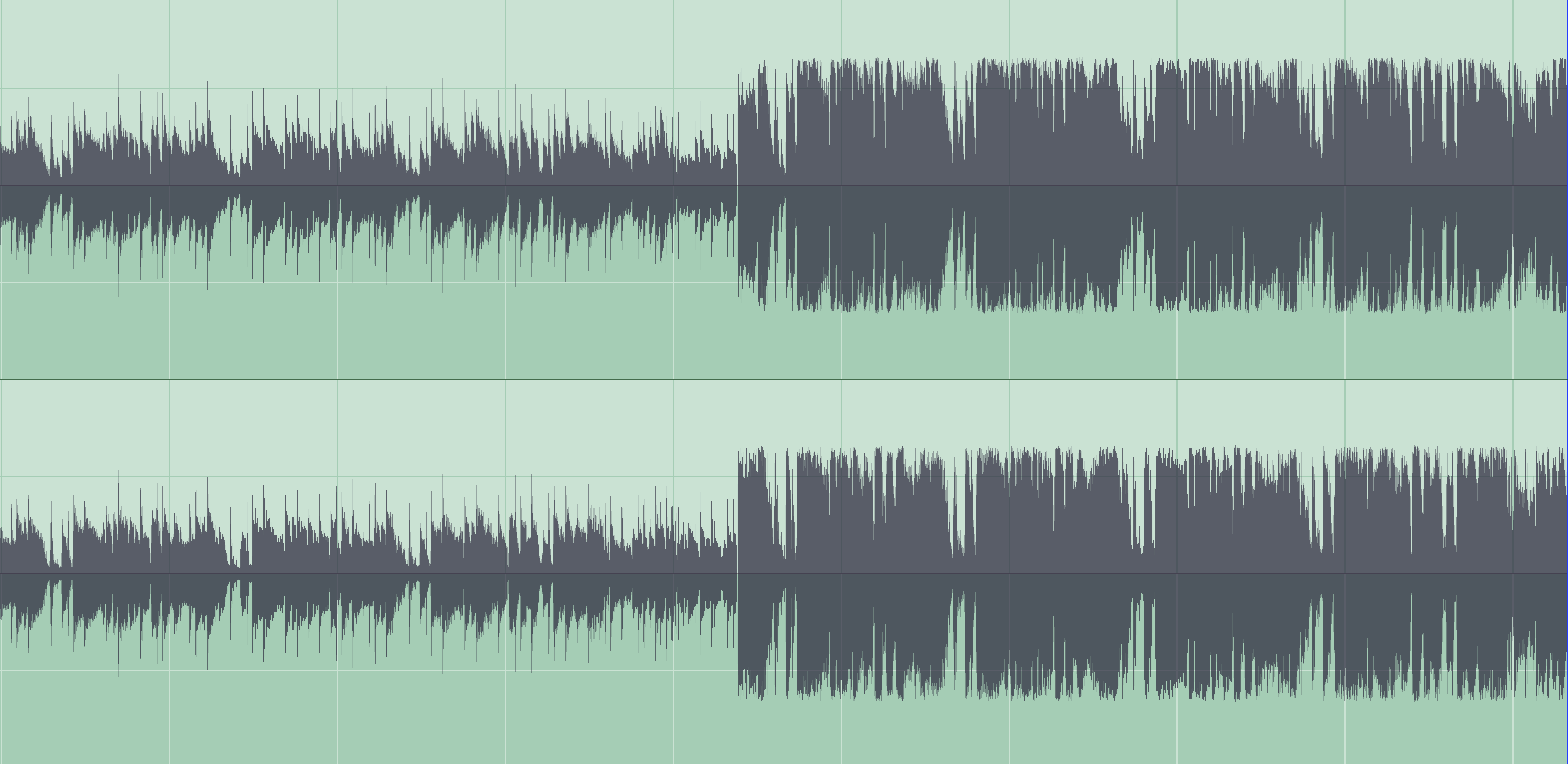In this excerpt from the full “Mixing Cyrille Aimée” video, which was shot at Capitol Studios in Los Angeles, Al Schmitt talks about the master bus processing that he’s applying to the song “Day by Day.” Schmitt explains that he’s using two hardware processors, a TubeTech SMC 2B stereo multiband compressor, and an NTI EQ3. The latter is an outboard EQ that’s no longer in production. (Maag Audio, the new company of EQ3 inventor Cliff Maag, makes the Maag EQ4, which uses a lot of the same circuitry, including the “Air Band,” which Schmitt will be using on this mix.)
THREE WAYS TO COMPRESS
Schmitt starts by adjusting the SMC 2B multiband. This unit splits the frequency band into three parts, low, mid and high. Each band gets separately compressed before the signal is summed at the stereo output. It’s the equivalent of having three independent compressors, aimed at different parts of the frequency spectrum.

Schmitt uses the TubeTech SMC 2B to apply multiband bus compression.
Schmitt adjusts thresholds for each of the bands, which determine the level above which signals will get compressed for each band. He seems to mainly use his ears to make the adjustments, turning the threshold knobs until he gets the sound he wants. The bus compression he’s applying is pretty light, which is typical for this type of processing. But he is impacting the dynamics of each band, bringing down some peaks and smoothing out the sound overall. He explains that as he makes the adjustments, he’s not just listening to how the compression is affecting the particular band he’s tweaking, but also the overall sound of the mix.
Next, he moves over to the EQ3, which has multiple frequency bands. He only uses one of them, the “Air Band,” which he boosts moderately. The Air Band is a proprietary shelving filter that is fixed at 40 kHz. You might be wondering how a filter that’s centered at 40 kHz, well above the 20 kHz limit of human hearing, can have any effect on the sound? What it does is add a subtle airiness to the top end. You can almost think of the Air Band on the EQ3 as an effect, rather than a textbook EQ filter.

Here’s the NTI EQ3 unit that Schmitt uses in the video. The knob all the way to the right on each channel is the Air Band.
WHY EQ THE MASTER?
As with any master bus processing, it’s almost always better to be subtle. Although most of us don’t have access to the EQ3 with its Air Band, we can use subtle boosts in the 10-20 kHz range on our EQ plug-ins to add a tad of overall brightness. But go easy, you don’t want to make it harsh.
When it comes to low-end problems, you’re better off addressing them on the individual track level, rather than trying to fix them on the master bus EQ. Remember, it’s processing the entire mix, so while you might achieve a reduction of the bass level by cutting in the low-frequency range, you’re going to impact all the instruments and voices. You’re better off EQing the individual tracks that are causing the bass issues.
WHY COMPRESS THE MASTER?
Let’s get back to master bus compression, for a moment. What are engineers trying to achieve by compressing the master bus? One of the main applications apply a unifying dynamic overlay to the whole mix, which many people refer to as the “glue effect.”
Each track in a mix presumably has its own track-based compression on it, which the engineer sets based on what’s going on dynamically on it (and sometimes for coloration, as well). For example, if it’s a bass track that changes a lot in volume, the compressor inserted on it will probably have a more aggressive setting to reduce the peaks and thus shrink the dynamic range of the bass part, making it “sit” better with the other tracks.
Meanwhile a lead vocal track will have its own compression settings that will be set differently than on the bass track, and so forth for every track in the mix. What the master bus compressor does is to smooth the overall dynamics a little bit, and makes everything sound more cohesive.
It’s important to experiment with the attack and release controls on your bus compressor to get the best sounding setting. Be mindful that fast attack settings can impact the transient response. It’s best to start with the attack at 3ms or slower.
Some people recommend putting the master bus compressor on from the start of the mixing process, so that you’re making your decisions while hearing its effect, rather than just adding it at the end. Others do it the way Schmitt does in the video, by adding it near the end of the process.
Here’s an example consisting of a short section of a mix that plays twice with a brief space in between. The first time has no bus compression, and the second time has the UAD SSL G Bus Compressor. The difference is subtle, but there.
LIMITATIONS
There’s a big difference between master bus compression and master bus limiting. For the latter, you'd likely use a brickwall limiter, which is designed to make the track louder, rather than adding cohesion.
A brickwall limiter will keep the signal from exceeding a user-specified threshold, thus squashing down the peaks and thereby reducing the dynamic range. With the peaks reduced, the whole mix can then get louder, without going over the threshold. The problem is if you overdo it, you'll squash the life out of your mix.

The section on the left was lightly limited, the section on the right was slammed pretty hard. Notice how the dynamic range shrinks from the limiting.
It's usually better to leave any limiting for after you bounce the mix. If you’re sending your tracks to a mastering engineer, don't limit them at all. Mastering engineers generally don’t like to receive a song that’s heavily limited, because it gives them very little room to work with, dynamically.
If you are applying a brickwall limiter to make your mix louder—go easy. You no longer need to make your mix super loud so that it can compete with other songs. That’s because in the last few years streaming services like Spotify, Apple Music and YouTube, where most music is consumed these days, have instituted their own loudness limits (typically -14 LUFS), and if your music exceeds it, it's level will be automatically reduced to conform. So there’s no longer a need to squash the life out of your song to get it louder, which is a very positive development.